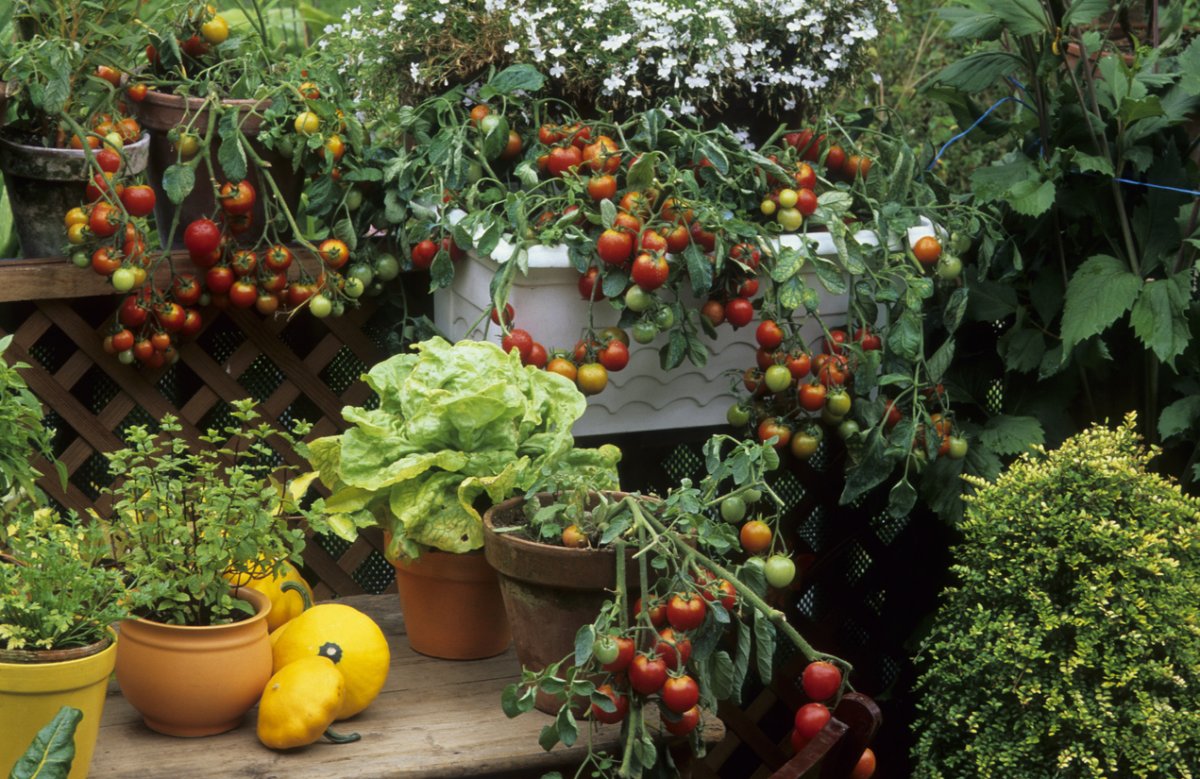It’s a real bummer to find fungus on your vegetables. You spend months nurturing them, ensuring they get plenty of sunshine, water, fresh air, and the Netflix password. Then one day, seemingly out of nowhere, your vegetables aren’t looking so hot.
While fungus on vegetables, herbs, and other houseplants doesn’t look great, the real problem lies in the fact that it can impact your plant’s ability to get the nutrients it needs to survive. So what can you do to prevent it? And what happens if it shows up anyway?
Discover 7 top tips for growing, harvesting, and enjoying tomatoes from your home garden—when you access the FREE guide The Best Way to Grow Tomatoes, right now!
What to do about fungus on vegetables and other potted plants
To prevent fungus on vegetables, the first step is knowing where it comes from. Potted plants, and especially indoor potted plants, are highly susceptible to fungus and mold growth. The limited sunlight, higher humidity, and non-existent airflow create ideal conditions for fungus.
Sunlight can be a tough one to deal with. You can’t force the sun to stick around longer. You can, however, invest in full-spectrum grow lights.
Airflow isn’t too difficult to achieve. On warmer days, you can open windows and let the breeze give your plants some fresh air. A small fan or ceiling fan may be sufficient in the winter. Make sure, too, that your plants have some space so that there’s plenty of room for air to circulate.
Humidity is the real trick, though. Most of us probably don’t put a lot of thought into how humid the air in our home is. I know I don’t until I wake up on a January morning feeling like I spent the night in the desert.
Because of that dry winter air, many of us end up overwatering our indoor vegetable plants, giving fungus the moist air it needs to thrive.
So what can we do about all this to prevent fungus on vegetables that we’re trying to grow in containers indoors? Here are some prevention tips:
- Make sure your containers are clean before planting.
- Make sure your containers have drainage holes.
- Use fresh soil or planting mix designed for container vegetables.
- Let the soil dry out if possible. This may depend on the plant, but it could solve a fungus or mildew problem.
- Try to keep the leaves dry. When you do water your plant, water the soil and not the leaves.
If you find that, despite your best efforts, there is still fungus on vegetables and other nearby houseplants, here are some ways to deal with the problem.
- Isolate the plant and remove infected portions to help limit any possible spread.
- Spray with neem oil. Neem oil is your all-purpose, go-to product for insect infestations and mold and fungus problems.
- If you catch it early, you can use a baking soda mixture to eliminate fungus on vegetables in your container garden. Mix one quart of water, a teaspoon of baking soda, and a couple of drops of dish soap and spray it on the infected plants.
- Spray infected plants with a mixture of one tablespoon of vinegar in one quart of water.
Not all fungus is bad!
What did the mushroom say to the pepper plant? Don’t kick me out. I’m a fun guy!
Seriously, though, don’t stress out if you notice mushrooms growing next to your potted veggies. Mushrooms are good fungus. They improve the soil by breaking down materials.
Have you encountered fungus on your potted vegetables? How did you handle it?
Discover 7 top tips for growing, harvesting, and enjoying tomatoes from your home garden—when you access the FREE guide The Best Way to Grow Tomatoes, right now!
